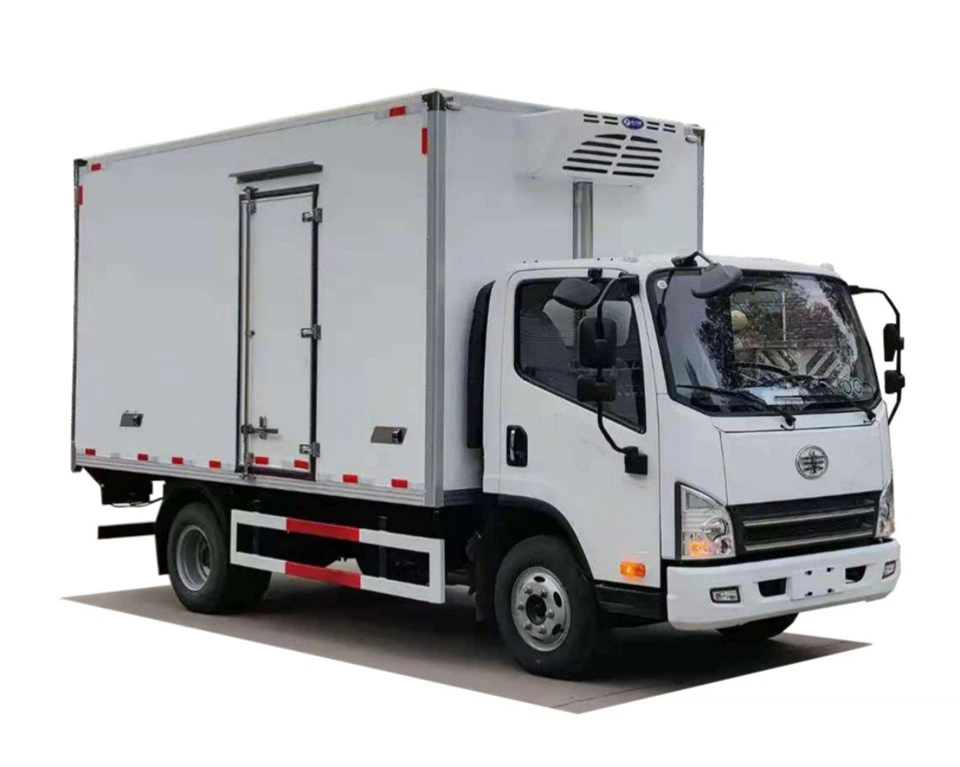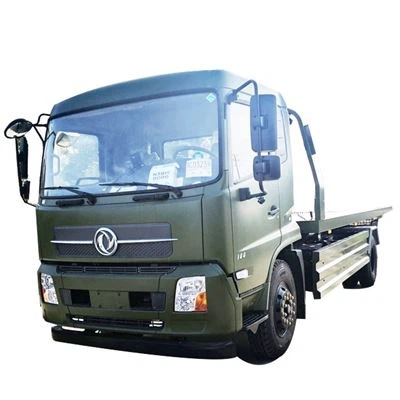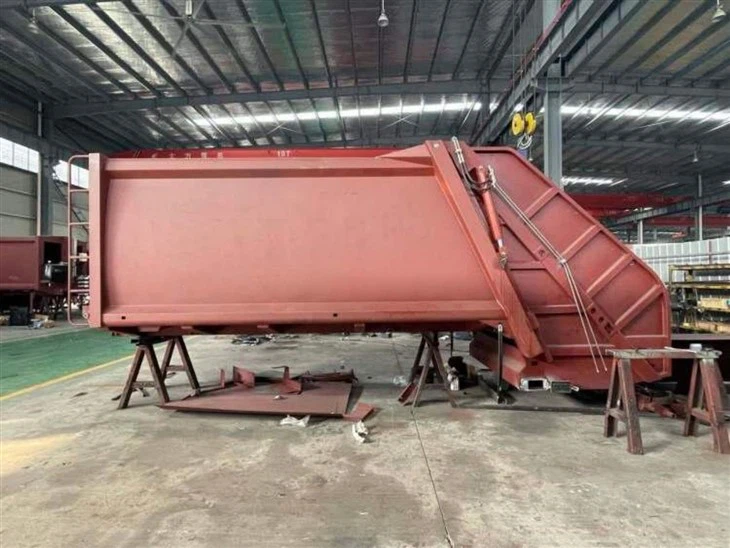How Much Do Fire Trucks Weigh? A Comprehensive Guide

Fire trucks are a vital part of emergency response services, designed to transport firefighters, equipment, and water to the scene of a fire. Understanding their weight is essential for various reasons, including road safety, licensing, and logistical planning. In this article, we will delve into the weight of fire trucks, the factors influencing their weight, the different types of fire trucks, and much more.
Understanding Fire Truck Weight
What Is the Average Weight of a Fire Truck?
The weight of a fire truck can vary significantly depending on its type, design, and equipment. On average, fire trucks weigh between 15,000 to 75,000 pounds. Smaller fire trucks, like brush trucks and mini pumpers, can weigh as little as 10,000 pounds, whereas larger aerial ladder trucks and tankers can exceed 80,000 pounds.
Factors Affecting Fire Truck Weight
1. Type of Fire Truck
There are various categories of fire trucks, each designed for specific firefighting tasks:
- Fire Engines: Typically weigh between 25,000 to 45,000 pounds.
- Aerial Trucks: Can weigh between 35,000 to 75,000 pounds.
- Water Tenders: Designed for transporting water, weighing between 25,000 to 50,000 pounds.
- Brush Trucks: Lighter trucks for wildland fires, weighing around 10,000 to 20,000 pounds.
2. Equipment and Accessories
The equipment carried on a fire truck, including pumps, hoses, ladders, and tools, contributes significantly to its weight. The more equipment a truck carries, the heavier it becomes.
3. Material Composition
Fire trucks are built from various materials, including steel, aluminum, and composites. The choice of materials can impact the overall weight of the vehicle.
4. Modifications and Customizations

Many fire departments customize their vehicles to meet specific needs. Such modifications can add weight to the truck.
Types of Fire Trucks and Their Weights
1. Fire Engines
Fire engines are the most common type of fire truck, equipped with hoses, pumps, and storage for firefighting gear. Their average weight ranges from 25,000 to 45,000 pounds.
2. Aerial Trucks
Aerial trucks, or ladder trucks, are equipped with extendable ladders or platforms. They generally weigh between 35,000 to 75,000 pounds due to their expansive size and added equipment.
3. Tanker Trucks
Tanker trucks are built to transport large quantities of water to areas without hydrants. Their weight varies from 25,000 to 50,000 pounds depending on the tank size.
4. Brush Trucks
Designed for wildland firefighting, these smaller trucks weigh between 10,000 to 20,000 pounds and are ideal for navigating rugged terrain.
5. Rescue Trucks
Rescue trucks carry specialized equipment for emergency situations, such as medical emergencies or vehicle extrications. They can weigh between 20,000 to 40,000 pounds based on their equipment load.
Practical Tips for Understanding Fire Truck Weight
1. Know Your Local Fire Truck Classifications
Familiarize yourself with the types of fire trucks that operate in your area, as this will help you understand their specific weights and capabilities.
2. Review Fire Department Specifications
Most fire departments publish specifications for their vehicles. Reviewing these documents can provide insight into weight, size, and equipment.
3. Check Weight Limits in Your Area
Understanding local weight limits on roads and bridges is essential for ensuring safe access for fire trucks, which may affect emergency response times.
Importance of Fire Truck Weight in Emergency Situations
1. Road Safety Considerations
Overweight trucks can pose a serious hazard on roadways. Understanding fire truck weights helps ensure that they comply with state and national weight regulations.
2. Equipment Load Capacity

Each fire truck has a specified load capacity that must be respected to avoid compromising safety and functionality during a response.
3. Accessibility in Various Terrains
Heavier fire trucks may struggle in rural or rugged areas where roads are less developed, leading to longer response times.
Fire Truck Weight Regulations and Compliance
1. Federal Weight Limits
The Federal Highway Administration (FHWA) has established regulations determining the maximum weight of commercial vehicles on highways, which applies to fire trucks as well.
2. State Regulations
Each state has its own regulations concerning vehicle weight limits, which can affect how fire departments operate within their jurisdictions.
3. Weight Measurement Practices
Fire departments must implement routine checks to ensure their vehicles are within legal weight limits, which may involve using specialized scales or weight stations.
Frequently Asked Questions (FAQs)
1. How much does a standard fire engine weigh?
A standard fire engine typically weighs between 25,000 and 45,000 pounds, depending on its size and the equipment it carries.

2. What is the weight limit for fire trucks on highways?
The weight limit for fire trucks on highways is regulated by the Federal Highway Administration, generally permitting up to 80,000 pounds for a vehicle with a standard number of axles.
3. Why is it important to know the weight of fire trucks?
Knowing the weight of fire trucks is crucial for ensuring road safety, compliance with weight regulations, and effective emergency response.
4. Can fire trucks be overweight?
Yes, fire trucks can be overloaded, which may lead to safety hazards and legal issues. Fire departments must adhere to weight regulations to avoid penalties.
5. Do different types of fire trucks have different weight limits?
Yes, different types of fire trucks have weight limits based on their design and intended use, which must be taken into account during operations.
6. How do fire departments manage to stay within weight limits?
Fire departments manage weight limits by regularly weighing their trucks, monitoring equipment loads, and maintaining accurate records of vehicle specifications.
Conclusion
Fire truck weight is a critical aspect of fire service logistics, operational safety, and emergency responsiveness. Awareness and understanding of the different types of fire trucks, the factors affecting their weight, and the implications of exceeding weight limits can significantly impact fire departments’ effectiveness and safety protocols. Being informed about these weight parameters can aid in ensuring that fire services operate efficiently in keeping communities safe.
